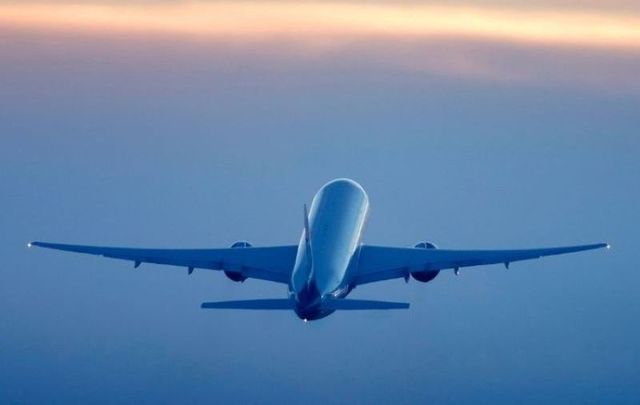An outbreak of 59 COVID-19 cases across Ireland are all linked to one international flight, according to a study in the European medical journal Eurosurveillance.
"Thirteen cases were passengers on the same flight to Ireland, each having transferred via a large international airport, flying into Europe from three different continents," the study reported.
The 46 resulting cases were spread country-wide in the Republic of Ireland.
No identifying information regarding the flight, the airports, nor the passengers was published in the study.
While the date of the flight was not disclosed in the study, researchers noted that at the time, the 14-day incidence rate was lower than 5 per 100,000 in Ireland, compared with 190 at the time of writing (October 14, 2020).
As of October 25, the 14-day incidence rate in the Republic of Ireland was 307.5.
The flight, which lasted seven and a half hours, carried 49 out of a possible 283 passengers, accounting for 17 percent of total capacity. There were also 12 crew members.
The youngest passenger on the flight to test positive for the virus was one year old, the report found, while the oldest infected passenger was 65. The median age of the 13 passengers to test positive was 23.
Four passengers were hospitalized with the virus, and one passenger required intensive care.
At least nine of the 13 infected passengers wore a mask for the duration of the flight, according to the report, while the one-year-old baby went unmasked for the entire flight.
The first infected case was reported two days after the flight touched down in Ireland. Several close contacts, defined as anyone sitting two seats away in every direction, tested positive for the virus in the next two weeks.
The remaining passengers on the flight were contacted after the close contacts tested positive, with five more passengers testing positive and 15 testing negative.
11 passengers on the flight were not contactable.
The source of the outbreak is not known, according to the report, which said that the Department of Health followed the correct procedure by appointing a team to "investigate, identify and interview" any cases diagnosed on the flight.
The researchers said that the high number of infections linked to the flight could have been a result of a "high intensity of infection and high viral shedding in the source case."
The researchers concluded that their study "is one of few thus far demonstrating in-flight transmission of SARS-CoV-2 with extensive onwards transmission. In-flight propagation patterns merit further study.
"Health advisories and personal responsibility, augmented by state and airline checks, should preclude travel in those with symptoms. Stringent on-board infection prevention and control measures are vital to reduce the risk of both symptomatic and asymptomatic in-flight transmission.
"Restriction of movement on arrival and robust contact tracing are essential to limit propagation post-flight."




Comments